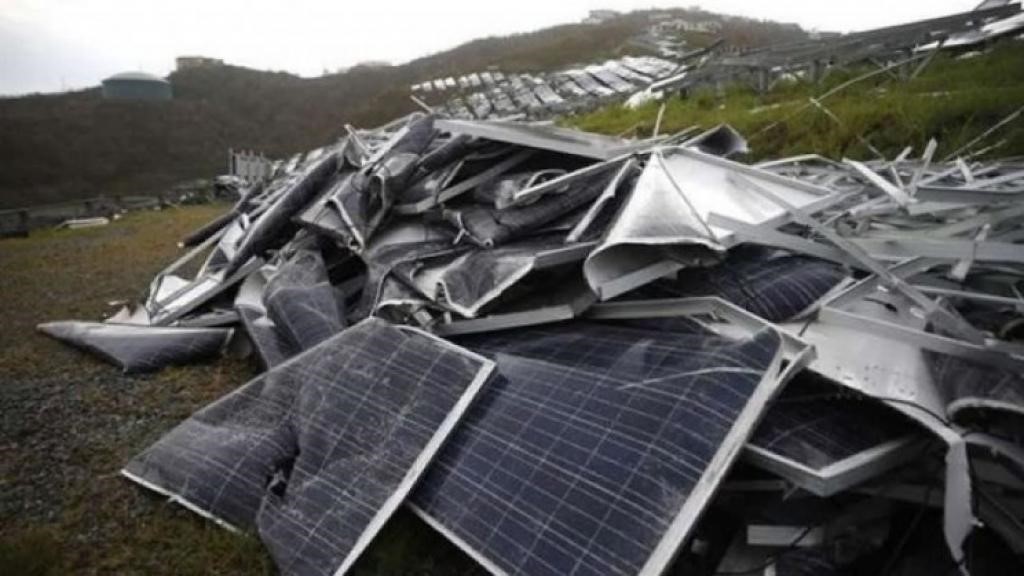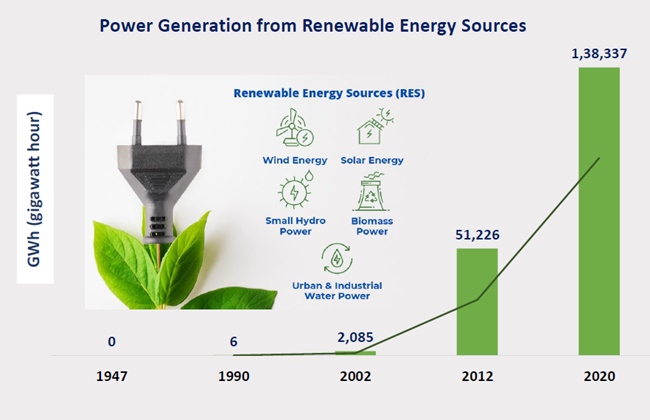Free Courses Sale ends Soon, Get It Now


Free Courses Sale ends Soon, Get It Now



Disclaimer: Copyright infringement not intended.
Context
Solar PV in India
Status of Solar PV in India
Status of PV waste in India
Solar PV Technology in India
Recycling of PV waste in India
Challenges
Solutions
Solar energy
About
Technologies to tap Solar Energy
Photovoltaic Solar Energy
Solar Thermal Energy
Passive Solar Energy
Solar Energy in India
The Numbers
Concerns
Solutions
Initiatives
Grid connected
Solar Off-grid
International Solar Alliance
Other steps
Renewable Energy in India
|
Solar |
Wind |
Small hydro |
Large hydro |
Biopower |
Nuclear |
|
48.55 GW |
40.03 GW |
4.83 GW |
46.51 GW |
10.62 GW |
6.78 GW |

|
PRACTICE QUESTION Q) There has in the last few years been a concerted push from policymakers in India to transition to a circular economy. But waste management in the solar photovoltaic (PV) sector still lacks clear directives. Critically Analyse this statement. (250 words) |
https://epaper.thehindu.com/ccidist-ws/th/th_delhi/issues/30551/OPS/GLCB2420V.1+G3UB249F9.1.html
© 2024 iasgyan. All right reserved